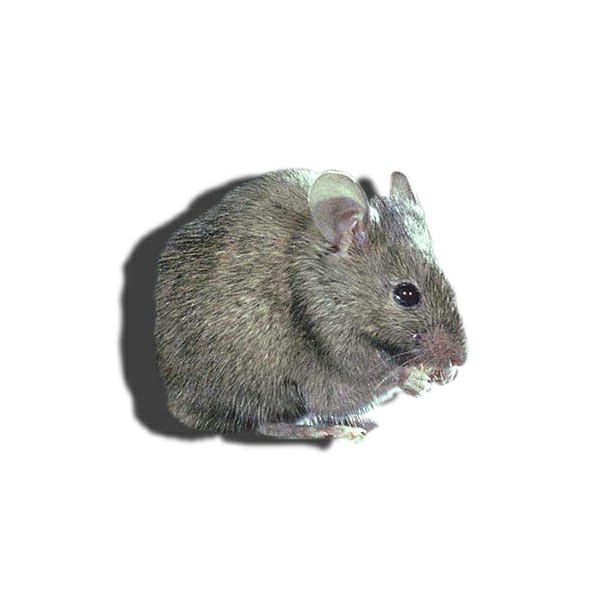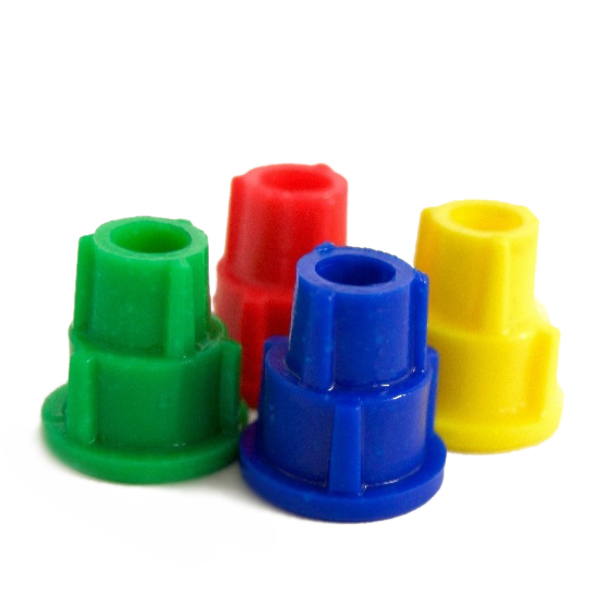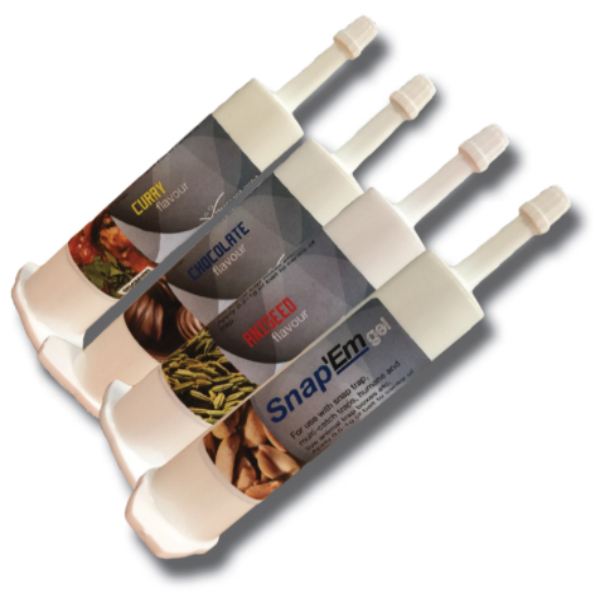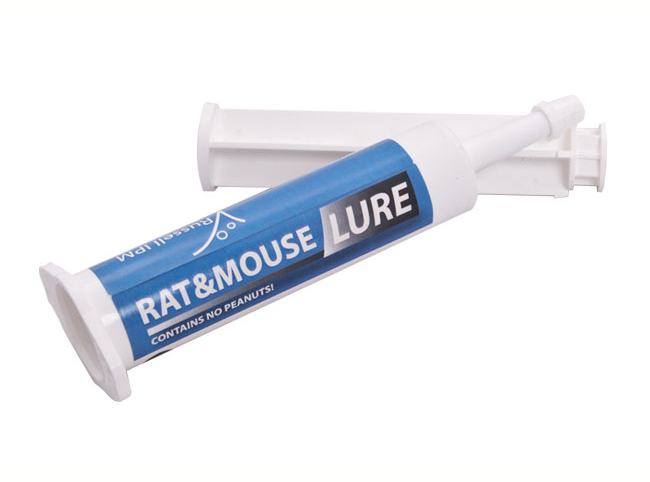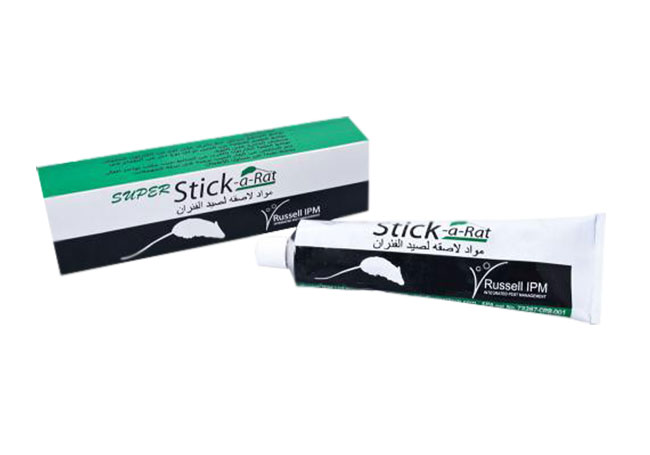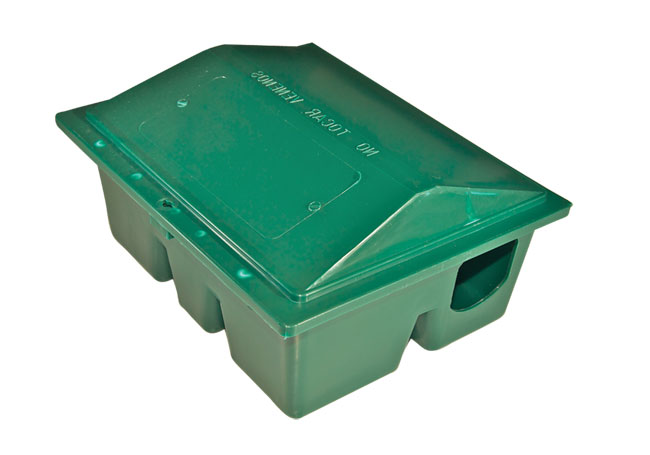Biology
- House mice have brown-grey fur, with slightly lighter under-parts. The ears are large in comparison to the body and the tail is slightly shorter than the body length and is thinner than a rats tail. Total length including the tail is up to 90mm.
- The house mouse usually lives for less than a year but is sexually mature at 2 – 3 months old and can breed every 28 days with between 4 – 8 young per litter. The house mouse is mature at 6 weeks, giving birth to litters of up to 5-6 young.
- House mice use the buildings dead space that is places which are left undisturbed for longer periods of time but that are close to food and water. House mouse is extremely good climbers, climbing walls, pipes and cavities with ease. Like rats, house mice have very strong incisor teeth, which can penetrate materials such as concrete, lead and aluminium. This can result in expensive damage to a property and in some cases can result in fires being started through mice chewing through electric cables in roof spaces or under floors.
Monitoring
Russell IPM offers a range of traps to combat house mouse. Out systems include, Mouse board, Mouse lure, and Mouse bait station. Our products are safe, effective and easy to use. The rat and mouse lure are food grade mouse attractant and can be used with snap trap. The rat and mouse lure are non-toxic, safe and ensure capture of mouse house mouse.
The Xlure mouse trap and lure is the simple way to control your mice problem in the home and garden. The traditional snap trap is supplied with a sachet of all food grade lure which has been proven to be highly attractive against mice. Simple open the lure and place enough bait to fill the bait cup and place where rodent activity is visible. Each sachet should contain enough for approximately 3 doses.
Russell IPM also manufactures and supplies book style glue boards in two sizes for rat and mouse. These glue boards are design for the user as a last resort. The rat and mouse boards are effective and easy to apply and take away.
Please always revert to the BPCA code of practice. See the BPCA website:
www.bpca.org.uk


